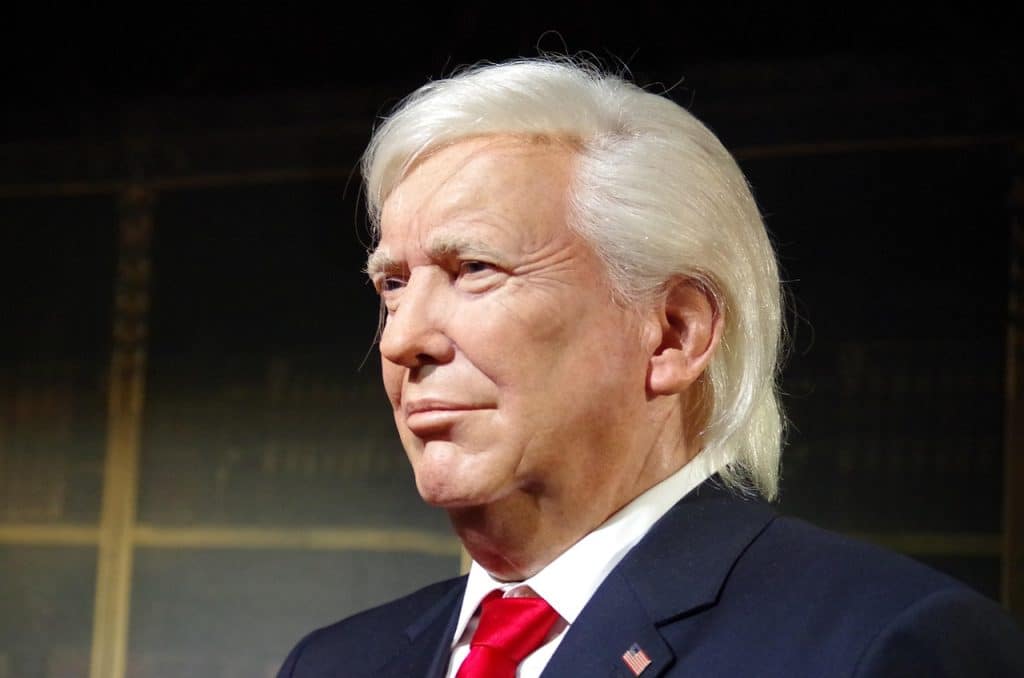Tariffs may sound like dry policy jargon, but the import taxes recently rolled out in 2025 have direct consequences for every shopper and worker. By slapping new duties on products from China, Canada, Mexico, and beyond. The administration aims to protect domestic manufacturing—but the real impact often trickles down to higher prices on store shelves and shifts in employment. In this deep dive, we’ll unpack how these tariffs work. Why they drive up consumer costs, and what they mean for U.S. jobs.
Tariffs 101 – Who Really Pays?
Contrary to the notion that foreign exporters foot the bill, import duties are paid by U.S. companies clearing customs. When a retailer brings in electronics, apparel, or other goods, it must cough up the tariff before those products can hit shelves. Because businesses rarely absorb the extra expense, they mark up prices—meaning you, the consumer, end up covering the cost.
- Import duty collection: Paid at port of entry by the importer
- Price pass-through: Retailers add the tariff to the final price, increasing consumer costs
For example, a 15% levy on imported sneakers can turn a $50 pair into a $57.50 purchase. And with multiple rounds of duties on varied products, those small upticks add up across monthly bills.
Trade Retaliation and Sectoral Job Swings
Manufacturing Gains vs. Agriculture Losses
Tariff proponents argue that higher prices for foreign steel and aluminum help domestic mills reopen and hire workers. Indeed, some metal plants revived operations, preserving hundreds of jobs in the sector. Yet the flip side emerged when other countries retaliated with their own duties—particularly on U.S. farm exports.
- Agriculture hit: Soybean exports plunged over 60%, triggering layoffs on American farms
- Manufacturing boost: Steel plant reopenings saved thousands of positions, but at what price?
Studies show that every metal-industry job propped up by tariffs cost U.S. consumers and businesses nearly $1 million, highlighting the trade‑off between protecting certain jobs and inflating overall consumer costs.
Inflation, Spending, and the Broader Economy
While tariffs raise prices on specific goods, their effect on overall inflation remains modest. Broad measures of consumer‐price increases track a vast basket of items, and duties typically target a narrower range. Still, higher costs for essentials like clothing, appliances, and raw materials can squeeze household budgets and push up production expenses in other industries (e.g., auto manufacturing facing more expensive steel).
- Targeted price hikes vs. general inflation
- Cost spillovers: Higher input prices can force manufacturers to adjust staffing, affecting jobs
In early 2025, analysts estimated that removing the 2025 duties would trim overall consumer‐price growth by less than 1%. Yet for families buying imported goods, the pain is felt every time they check out.
Balancing Acts – Tariff Strategy and Policy Goals
Protecting Industries vs. Maintaining Competitiveness
The administration contends that a 25% duty on select imports will incentivize “Made in USA” purchases and strengthen domestic factories. However, if broad-based production capacity doesn’t exist at competitive prices. Consumers either pay more for home‑grown goods or continue buying cheaper imports despite the tariff.
Revenue, Security, and Diplomatic Leverage
Beyond shielding jobs and producers, tariffs generate government revenue (albeit a fraction of total tax intake) and serve as a negotiating chip in trade talks. By threatening higher or reciprocal duties, policymakers aim to extract concessions on intellectual‑property enforcement, supply‑chain resilience, and labor standards.
Conclusion
In 2025, the expanded tariffs and import taxes regime has forced a reckoning between protecting American industries and bearing the burden of higher consumer costs. While certain manufacturing positions found a reprieve, farmers, retailers, and everyday shoppers have felt the squeeze. As this trade strategy evolves, the key questions remain. Can domestic capacity scale up affordably, and will the benefits to U.S. jobs outweigh the added expense to families and businesses? By understanding how tariffs operate and tracking their real‑world effects, you can better anticipate price changes, adjust your budget, and follow the shifting landscape of trade and employment.



